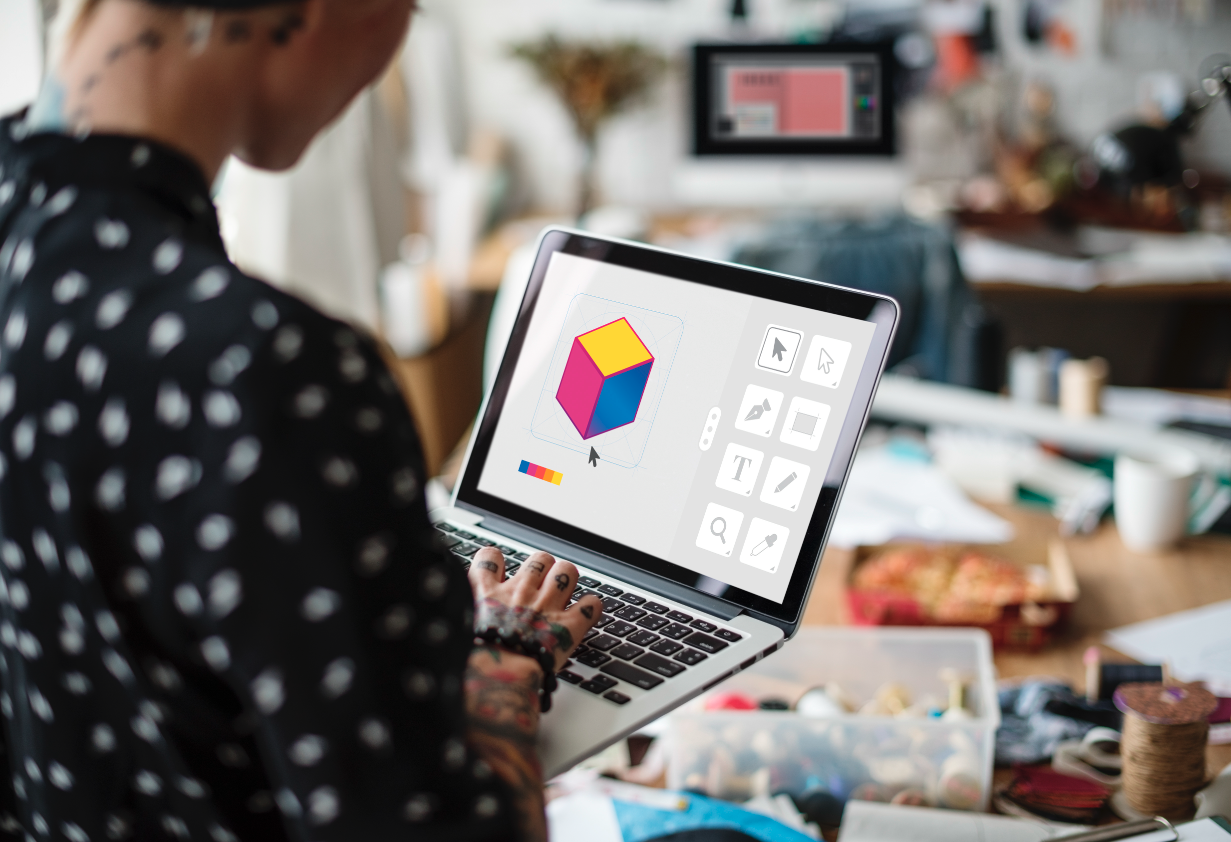Every creative has a process, a sort of ritual that transforms a vague idea into something tangible and real. Mine is not one of romantic, ink-stained notebooks. I’ve never been particularly skilled with a pencil. Having a computer since I was eight years old meant my creative language has always been digital. My process is born from pixels, not paper, and it’s a journey from digital chaos to polished, purposeful design.
1. The Spark: It All Starts with a “What If?”
The beginning is never a lightning bolt of genius. It’s a question. It might come from a client’s brief (“What if we could make our app feel more welcoming?”) or a personal observation (“What if this website’s navigation was actually intuitive?”). This initial question is the seed. I don’t try to answer it right away. I let it sit, I walk around with it, and I start gathering abstract thoughts, words, and feelings associated with it.
2. The Chaos Phase: The Digital Sketch Storm
This is where my process differs from many. Forget tidy notebooks. My “sketching” happens on a screen. I open a blank digital canvas and unleash a storm of ideas. Using my tablet, I create dozens of incredibly rough, low-fidelity digital sketches. They are messy, disproportionate, and often ugly. They are not meant to be art; they are visual thoughts. Lines, boxes, arrows, scribbled words… It’s a digital brain dump where I explore every possible direction without judgment. This is the most crucial phase—it’s where the bad ideas are discarded and the promising ones start to take shape.
3. The First Digital Draft: Giving Form to the Idea
Once a promising path emerges from the chaos, I move into my primary design tools, like Figma or Photoshop. This is where structure begins. I take the strongest concepts from my digital sketches and start building the first real draft. I establish a grid, choose a preliminary typographic direction, and block out the main components. This version is still far from perfect, but it’s the first time the idea looks like a real product. It’s the skeleton upon which everything else will be built.
4. The Refinement Loop: Iterate, Iterate, Iterate
No design is ever right on the first try. The fourth stage is a continuous loop of refinement. I share the draft, gather feedback (whether from the client or through my own critical eye), and make adjustments. I tweak the spacing, adjust the color palette, swap out a font, and re-evaluate the hierarchy. Each iteration makes the design stronger, clearer, and more effective. This is a process of dialogue, not a monologue. It’s about listening, solving problems, and polishing the concept until it shines.
5. The Final Delivery: From My Screen to the World
The final step is about preparing the design for its journey into the world. This involves creating a clean, organized file, exporting all necessary assets in the correct formats, and often creating a simple style guide to ensure consistency. It’s the moment where I package up all the chaotic exploration and iterative refinement into a final, polished, and functional digital experience, ready to be handed over.
My process may be digital from start to finish, but it’s deeply human. It’s a cycle of questioning, exploring, building, and refining. And at the end of it, the goal is always the same: to create something that works, feels right, and tells a compelling story.





